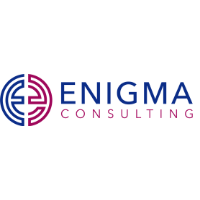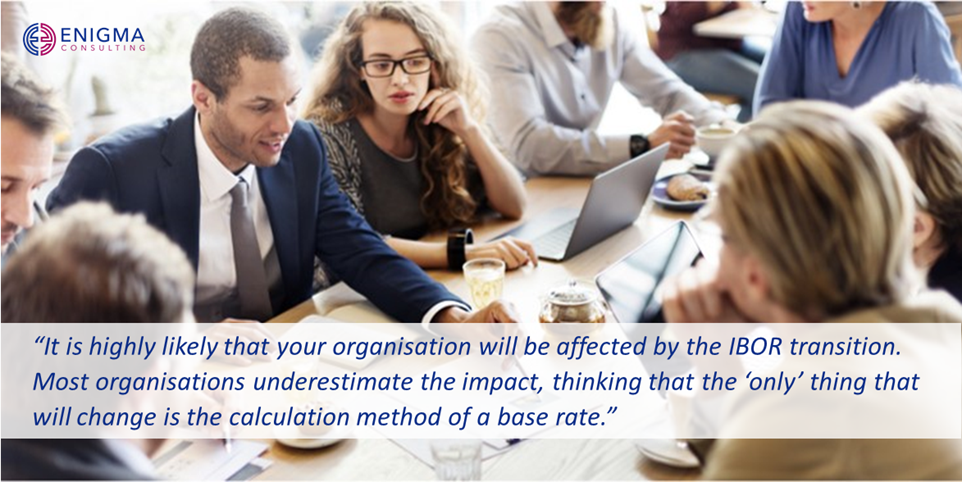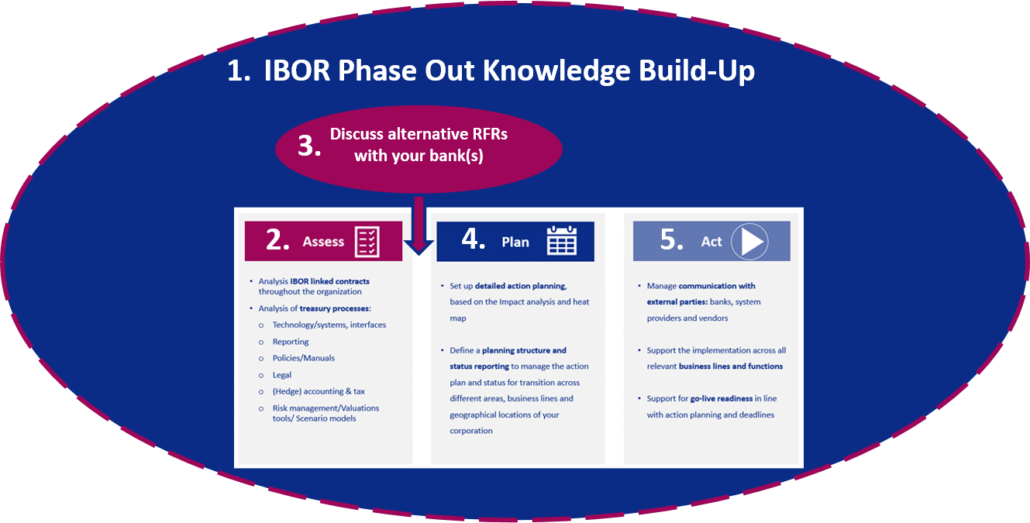19-01-2021 | treasuryXL | Kyriba |
SAP S/4HANA is SAP’s next-generation enterprise resource planning (ERP) system for large businesses. Many organizations that are currently using the SAP business suite are looking to upgrade to the new solution, often as part of a wider digital transformation.

As a digital core, S/4HANA is the link between the key business functions within an organization, including finance, marketing, manufacturing, procurement and sales. As well as connecting to the SAP ecosystem, it can connect to other cloud-based systems. It harnesses intelligent technologies such as artificial intelligence, machine learning and the internet of things to automate operations, and it connects data, devices and people in real-time.
S/4HANA enables digital transformation in several ways. It reduces an organization’s overall costs, drives business innovation, supports transformation projects and frees up the IT budget for investment in emerging technologies. Yet, while there is a strong business case in favor of S/4HANA, companies often struggle to identify which functionality they need from the platform, and when and how they should migrate.
Why Migrate Now?
Digital transformation is accelerating all the time and S/4HANA is “mission-critical” for digital transformation, explained Promantus’ director and head of Europe, Vikash Roy Chowdhury, during a recent webinar hosted by SAPinsider and sponsored by Kyriba. He added that as S/4HANA optimizes an organization’s digital transformation strategy, “it provides identity, visibility and innovation”.
There are many reasons why organizations should begin their migration to S/4HANA now:
- To take advantage of the digital economy and be quicker at getting new products and solutions to market.
As digital transformation continues to gather pace, business processes will be further automated and new data flows will emerge, enabling organizations to gain better insights, improve their decision-making and foster business innovation.
- To avoid falling behind in the digital transformation journey.
SAP will continue to provide standard support for its on-premise ERP system, ERP Central Component (ECC), until 2027. On the face of it, this commitment may seem a reason for organizations not to migrate to S/4HANA, but there are risks associated with continuing with a platform that has been earmarked for retirement. One risk is that organizations will get a poor return on investment in terms of their technological spend. Another is that they are overtaken by rivals that use S/4HANA’s state-of-the-art functionality to run their businesses more efficiently.
- To save money.
The cost of implementing S/4HANA, and migrating to the platform, is likely to increase substantially over the next few years, as more and more businesses compete to secure resources that can support them with transformation.
The Challenges of an ERP Transformation
Migration to S/4HANA can present some significant challenges to businesses. Typically, the biggest challenge is resolving data issues. Other challenges include a lack of qualified resources, integration of legacy systems, accommodation of custom coding, and understanding the impact of S/4HANA on processes, especially where functionality has changed.
And treasuries have specific requirements in relation to an S/4HANA migration. They want bank connectivity and the integration of their global banks inside the S/4HANA infrastructure. They also want to see accelerated time-to-value (the rate at which the business benefits from the migration) so that they can free up resources from routine work to focus on more strategic activities, such as helping their organization to navigate the Covid-19 pandemic.
Unfortunately, bank connectivity can be one of the most difficult aspects of migration to S/4HANA, or any other ERP for that matter. It can take months – or even years – to achieve. “A lot of times… what keeps these ERP projects from going live is still waiting for the banks,” says Steven Otwell, director of payments at Kyriba.
For this reason, Kyriba is strategically collaborating with Promantus to support migration to S/4HANA from a treasury perspective.
Support for Treasuries
Fortunately, automation can ease the migration process. Promantus has developed a comprehensive S/4HANA transformation tool called ProAcc, which quickly and seamlessly automates all the migration phases, including assessment, pre-conversion, post-conversion and validation.
ProAcc provides a detailed assessment report that includes tailored recommendations for optimization and alternative scenarios, based on the current state. It also offers a single-view dashboard that gives full visibility around the migration process, from discovery to go-live. Furthermore, it acts as a single repository for the sequence of automated activities that take place, including prediction, monitoring, data snapshots, data integrity, configuration checks, and reconciliation.
The speed of migration will depend on an organization’s business and technological requirements, current SAP environment, and data quality and quantity, among other considerations.
Organizations that use ProAcc to support their S/4HANA migration benefit from:
- Swift, secure and cost-effective implementation
- Minimal interruptions to critical business processes
- A tailor-made approach
- Sequentially automated processes
- Comprehensive support
“At Promantus and Kyriba, our entire focus is to bring the highest value to corporations in the shortest possible time, and at the lowest cost,” said Johnny Daugaard, vice president of client engagement at Promantus.
Kyriba’s service-based solution includes:
- Connectivity as a Service.
Bolt-on bank connectivity for SAP enables organizations to connect with thousands of banks and achieve time savings in excess of 80%. Kyriba has more than 550 active, configured and tested bank solutions for plug and play ERP connectivity. It also monitors bank connection 24/7 on behalf of its clients, with connection managed in different ways including FTP, host-to-host, regional protocols and SWIFT. Kyriba is the largest SWIFT for Corporates service bureau globally, managing more than 20% of SWIFT’s corporate business. As Kyriba’s service is fully outsourced, organizations do not need to employ internal resources to support bank connectivity, which reduces their overheads.
- Customized Payment Fraud Management.
This solution uses detection rules, coupled with machine learning, to detect anomalies in an organization’s flow of data from its SAP system to its banks. These anomalies could be possible payment frauds.
- Payment Format Library.
Kyriba’s library contains over 45,000 pre-developed and bank-tested payment format scenarios, which are shared across all Kyriba clients. This saves organizations from having to develop their own payment formats for their S/4HANA platform, which can be complicated, expensive and time-consuming – especially when an organization works with a large number of banks. Kyriba simply takes a single payment file from the organization’s ERP and interprets it. It then transforms the file, based on the approved format requirements of the individual banks.
- Global bank monitoring.
All incoming and outcoming bank files are monitored, relieving the IT team of the burden of having to work out whether files have been processed. Effectively, an organization’s banking support is fully outsourced to Kyriba.
Conclusion
Today, organizations are having to react with agility to the challenges posed by Covid-19. Digital transformation is key both to their present survival and their future success – and for many large organizations, this transformation will be underpinned by migration to S/4HANA. Treasury and IT should be closely involved with this migration and carefully consider solutions that enable them to meet their objectives without consuming valuable resources.



















